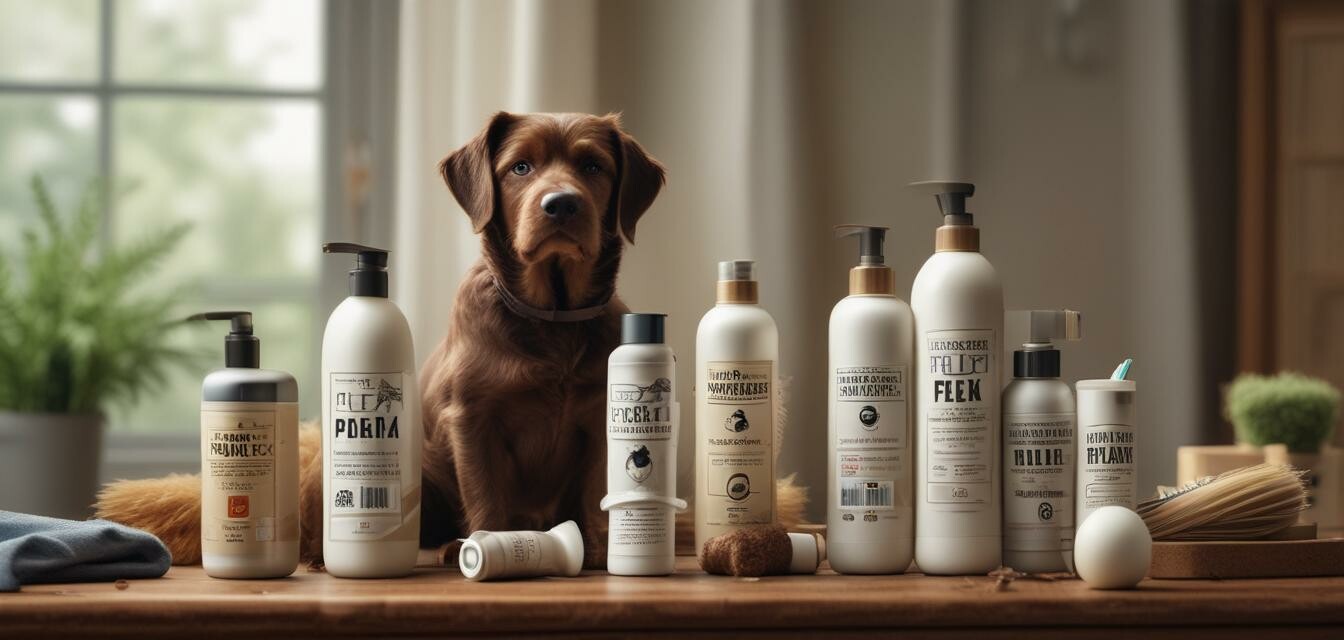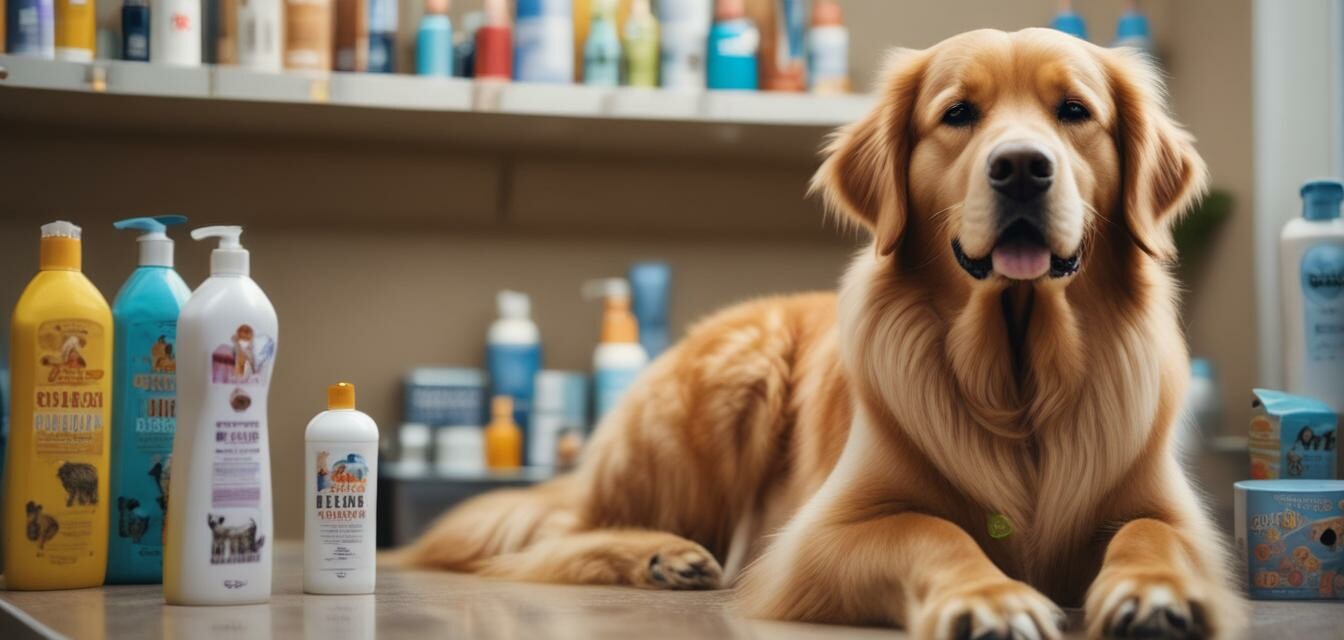
Flea and Tick Prevention
Flea and tick prevention is an essential part of dog care, especially for dogs that spend time outdoors. Fleas and ticks can cause discomfort, allergic reactions, and even transmit diseases to your furry friend. In this article, we'll guide you through the best flea and tick prevention products for dogs, helping you make an informed decision for your pet's health.
Key Takeaways
- Flea and tick prevention is crucial for dog health and wellbeing.
- Topical treatments, oral medications, and shampoos are effective prevention methods.
- Choose products based on your dog's age, weight, and breed.
- Consult with a veterinarian before starting any flea and tick prevention regimen.
Understanding Fleas and Ticks
Fleas and ticks are external parasites that feed on your dog's blood, causing discomfort, itching, and potentially transmitting diseases. Fleas can also trigger allergic reactions, leading to excessive scratching and skin irritation. Ticks, on the other hand, can transmit diseases like Lyme disease and Rocky Mountain spotted fever.
| Flea/Tick Type | Description | Transmission |
|---|---|---|
| Fleas | Small, wingless insects that feed on dog blood | Allergic reactions, tapeworms |
| Ticks | Eight-legged arachnids that feed on dog blood | Lyme disease, Rocky Mountain spotted fever, anaplasmosis |
Types of Flea and Tick Prevention Products
There are various types of flea and tick prevention products available, each with its own advantages and disadvantages. Here are some of the most common types:
- Topical Treatments: Applied directly to the skin, these products provide fast and effective protection against fleas and ticks.
- Oral Medications: Given orally, these medications provide system-wide protection against fleas and ticks.
- Shampoos: Medicated shampoos can help kill fleas and ticks on contact.
- Collars and Tags: Flea and tick prevention collars and tags release medication or repellents to deter fleas and ticks.

Choosing the Right Product for Your Dog
When selecting a flea and tick prevention product, consider the following factors:
- Age: Ensure the product is suitable for your dog's age, as some products may not be recommended for puppies or senior dogs.
- Weight: Choose a product that's appropriate for your dog's weight, as some products may not be effective for dogs above or below a certain weight range.
- Breed: Certain breeds may require specific products or have unique needs.
- Lifestyle: If your dog spends a lot of time outdoors, you may need a more robust prevention method.
It's essential to consult with a veterinarian before starting any flea and tick prevention regimen, as they can recommend the best product for your dog's specific needs.
Tips for Effective Flea and Tick Prevention
- Use a product that's specifically designed for your dog's age, weight, and breed.
- Follow the product instructions carefully, and complete the full treatment cycle.
- Combine flea and tick prevention products with regular grooming and baths.
- Monitor your dog's behavior and health, and adjust the prevention method as needed.
Pros
- Effective protection against fleas and ticks
- Wide range of products available
- Consultation with a veterinarian ensures the best product for your dog
Cons
- Some products may have side effects or interactions
- Regular application or administration required
- May not be effective for all breeds or lifestyles
Conclusion
Flea and tick prevention is a crucial aspect of dog care, and with the right product and guidance, you can keep your furry friend safe and healthy. Remember to consult with a veterinarian, choose a product that's suitable for your dog, and follow the instructions carefully.
For more information on dog grooming and care, check out our guides on brushes and combs, clippers and trimmer tools, and ear and eye care.









